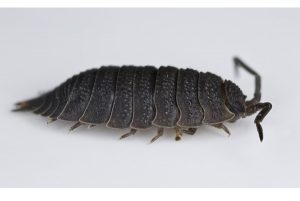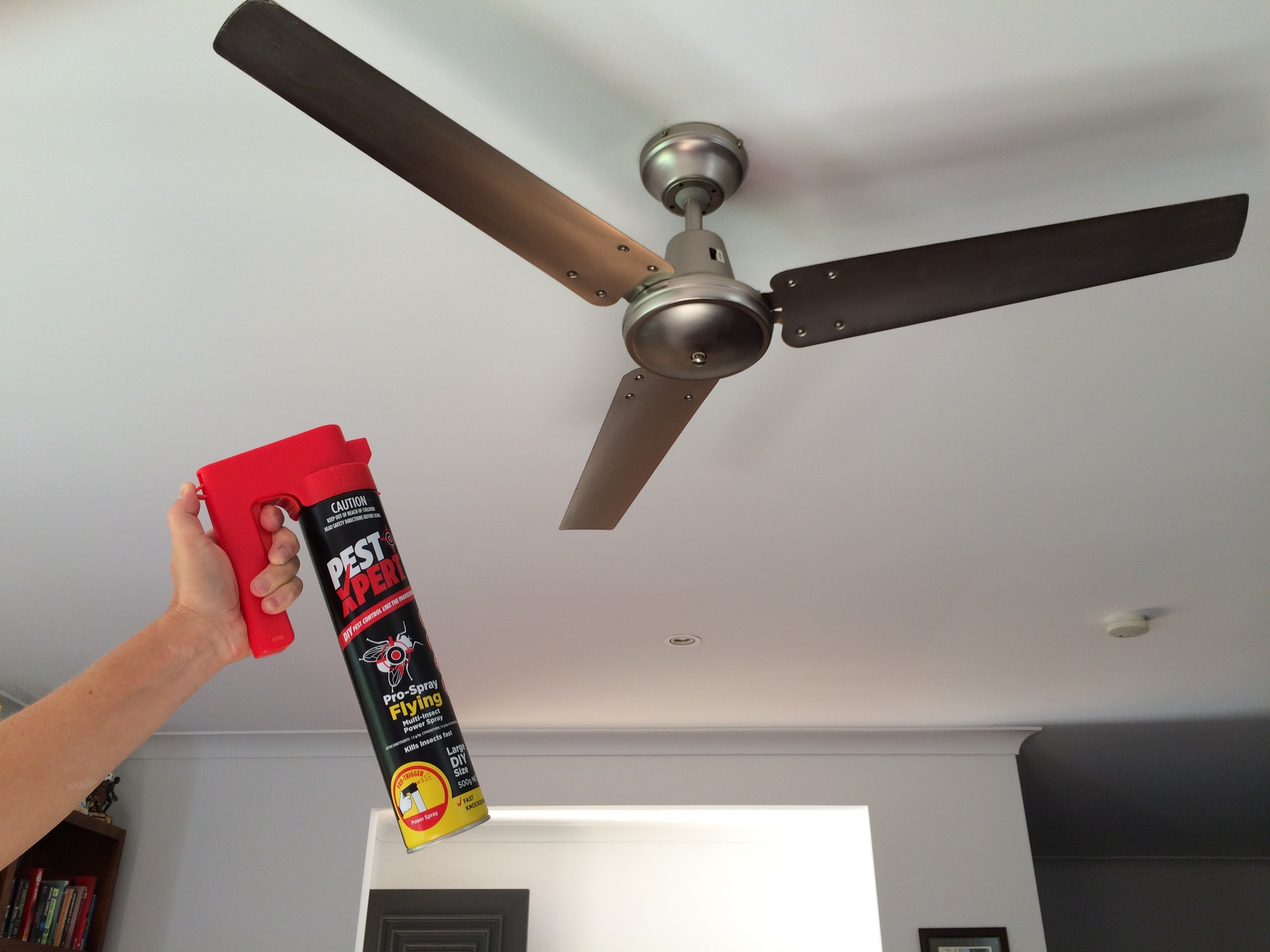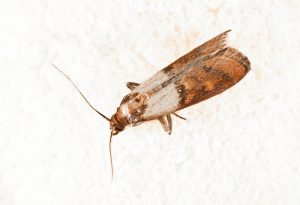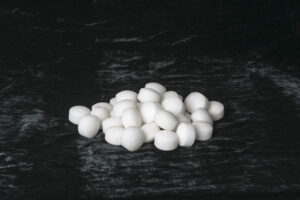
How to use a fly spray
Teaching Aussies how to use a fly spray may seem a bit unnecessary, but you’d be amazed at the key mistakes many homeowners make when using fly sprays, which often result in less than optimal performance.
Firstly, when many homeowners grab the “fly spray” out of the cupboard, they normally pick up the nearest (or only) aerosol, whether it is a genuine fly spray or not. Now they will probably all work, but the performance will vary greatly. Broadly speaking there are flying insect aerosols and crawling insect aerosols. The flying insect aerosols are (not surprisingly) designed for flying insects. They produce very small droplets, which have a long “hang time”. They also tend to be “water based”, making them gentle on the nose. By contrast, the crawling insect aerosols are solvent based and produce large droplets….. great for cockroaches, but they rather tend to plummet to the ground when sprayed in the air!
Why is hang time so important? Well, as many will know, to hit housefly with a direct spray from an aerosol is no mean feat! Even when they have landed, they tend to take off as soon as they feel the air movement from an aerosol discharge. As such, the best way to treat most flying insects (especially the fast moving ones) is to use the aerosol as a “space spray”. Spray the aerosol into the air in the general direction of the insect or into the room generally. Normally a 2-3 second burst will suffice. Assuming you have used a flying insect aerosol, the long “hang time” of the droplets will create a cloud of insecticide, which the insect cannot avoid.
One other point to note is that since flying insect aerosols tend to be water based aerosols, they do require shaking before spraying to mix the formulation properly.
Now if you want to provide longer protection against flying insects, a number of flying insect aerosols also have label claims allowing them to be sprayed onto the surfaces where insects will land. Areas to spray would include fly screens, walls and behind / under furniture (for mosquitoes), but not food preparation surfaces. If you are unsure as to whether it may stain a particular surface, check the label and do a test spray on a small, inconspicuous area first.
So next time you choose your “fly spray” make sure it is indeed a fly spray and check to see whether it can be sprayed on surfaces, as well as into the air, for all round flying insect control. Remember always read the label before use.





